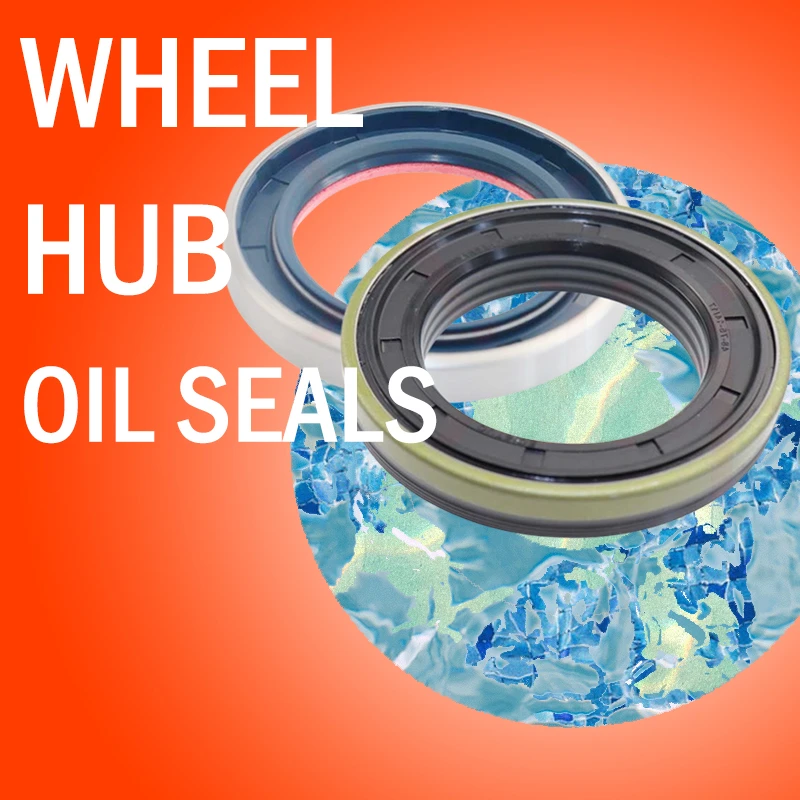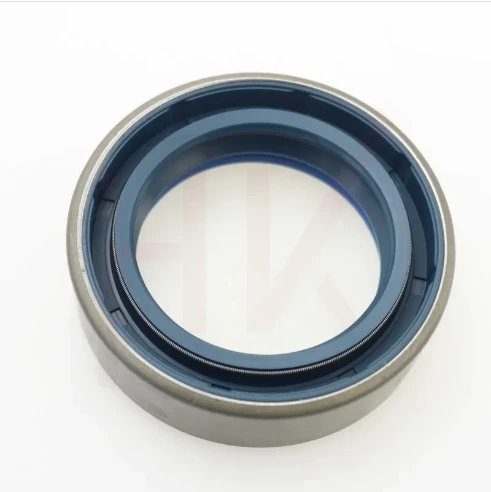មីនា . 07, 2025 07:27 Back to list
185*205*11 Rubber Oil Seal From Tcv NBR FKM High Pressure Oil Seal Tcv Oil Seal


Proper installation of wheel hub oil seals is paramount for their functionality. An improperly installed seal can lead to lubricant leakage and contamination ingress, ultimately resulting in bearing failure. During installation, it is crucial to ensure that the seals are aligned correctly and seated evenly without any distortions or damages. Using the appropriate tools designed for seal installation can aid in achieving a perfect fit, thus minimizing the risk of premature seal failure. Regular maintenance checks are important for identifying wear and tear on wheel hub oil seals. Over time, exposure to heat and contaminants can lead to seal degradation. Signs of wear include visible cracks, hardening, or deformation of the seal material. Regularly inspecting your wheel hub oil seals, especially when conducting other vehicle maintenance tasks like tire rotations or brake inspections, can help in early detection of potential issues. Prompt replacement of worn-out seals can prevent more severe damage to the wheel bearing assembly. Stay abreast of technological advancements in oil seal design and materials, as these can offer improved performance and longevity. Modern innovations, such as the integration of labyrinth designs or the use of advanced composites, have led to oil seals that better resist contamination and wear. Such advancements can be a worthwhile investment for those who depend on high-performance or heavy-duty vehicles. Understanding the complexities of wheel hub oil seals provides significant advantages, whether you’re an automotive technician or an enthusiast dedicated to vehicle maintenance. With the right knowledge, one can ensure the optimal performance of their vehicle, reducing downtime and enhancing safety on the road. From selecting the appropriate seal type and material to mastering installation techniques and maintenance routines, developing an authoritative grasp on wheel hub oil seals will elevate your automotive expertise.
-
TCN Oil Seal Metal Ring Reinforcement for Heavy Machinery
NewsJul.25,2025
-
Rotary Lip Seal Spring-Loaded Design for High-Speed Applications
NewsJul.25,2025
-
Hydraulic Cylinder Seals Polyurethane Material for High-Impact Jobs
NewsJul.25,2025
-
High Pressure Oil Seal Polyurethane Coating Wear Resistance
NewsJul.25,2025
-
Dust Proof Seal Double Lip Design for Construction Equipment
NewsJul.25,2025
-
Hub Seal Polyurethane Wear Resistance in Agricultural Vehicles
NewsJul.25,2025
-
The Trans-formative Journey of Wheel Hub Oil Seals
NewsJun.06,2025
Products categories
















